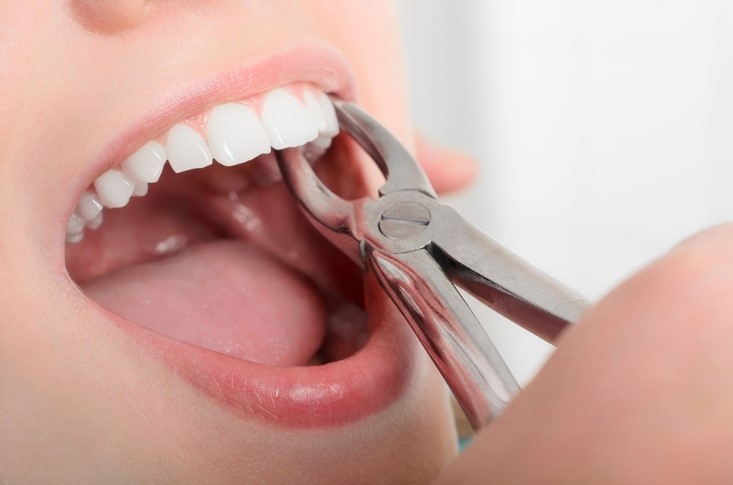Extraction
Tooth extraction is a dental procedure that removes a tooth from its socket in the jawbone. It becomes necessary when a tooth is severely damaged and beyond repair. Dentists also perform extractions to relieve persistent pain or treat infections. In some cases, removing a tooth helps prevent overcrowding or misalignment. This procedure is recommended to protect overall oral health and avoid complications. Tooth extractions are commonly done under anesthesia for patient comfort. The goal is to ensure minimal discomfort and a smooth healing process. Proper aftercare is essential for preventing infections and promoting recovery.
Types of Tooth Extraction:
Simple Extraction – Performed on visible teeth using forceps and local anesthesia.
Surgical Extraction – Required for impacted, broken, or hard-to-reach teeth, often involving a small incision in the gum.
Common Reasons for Tooth Extraction:
Severe Tooth Decay – When a cavity destroys most of the tooth structure.
Gum Disease – Advanced periodontal disease causing tooth loosening.
Impacted Wisdom Teeth – Wisdom teeth that fail to erupt properly and cause pain.
Overcrowding – Removal of teeth to prepare for orthodontic treatment.
Infection or Abscess – Severe infections that cannot be treated with root canal therapy.
Post-Extraction Care:
Apply gentle pressure with gauze to control bleeding.
Avoid rinsing or spitting forcefully for 24 hours.
Stick to soft foods and avoid hot, spicy, or hard foods.
Take prescribed medications and follow dentist’s instructions.
Maintain oral hygiene while avoiding the extraction site.
Tooth extractions are performed with precision and care to ensure minimal discomfort and a smooth healing process. If necessary, the extracted tooth can be replaced with dental implants, bridges, or dentures to restore function and aesthetics.



